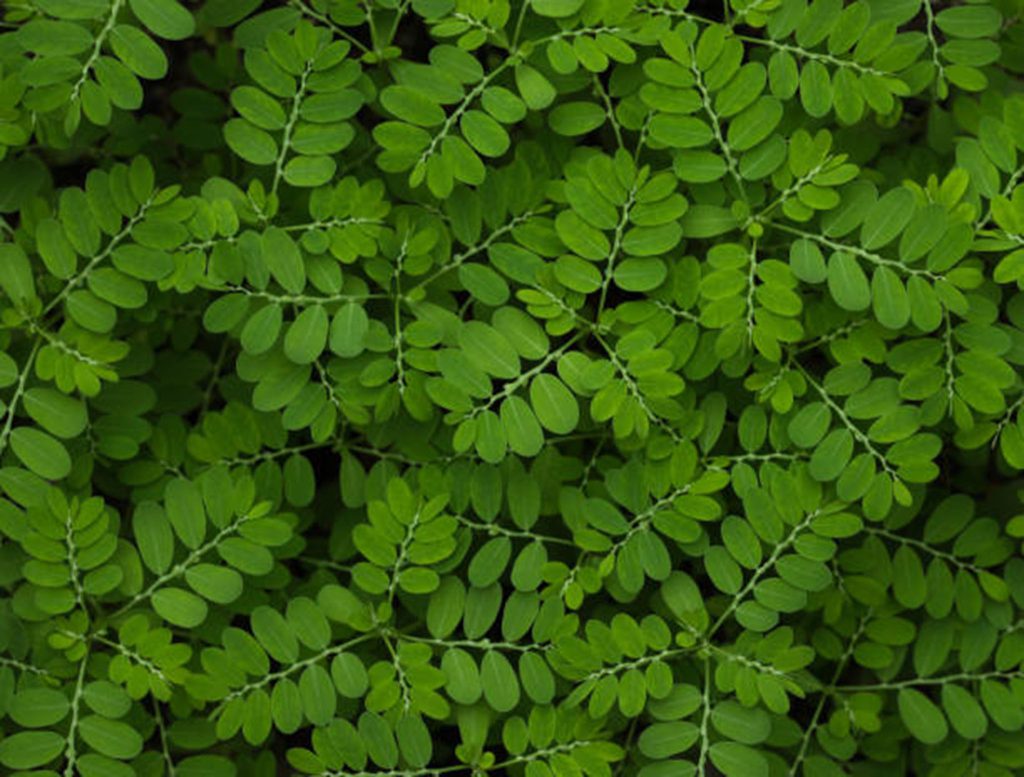Two local species, Phyllanthus amarus Schumach and Phyllanthus niuri L., closely resemble each other and may be easily confused, leading to potential interchangeability in their usage.
These annual erect herbs feature smooth cylindrical stems, deciduous branchlets, and tiny greenish-white flowers. Phyllanthus amarus bears one male and one female flower in each leaf axil, while Phyllanthus niuri exhibits three to seven male flowers in lower leaf axils and solitary female flowers with distinctive ribbed calyxes in upper leaf axils. Round seed capsules dangle beneath on leaflet stalks. The common name “cane-piece senna” may have originated from the plant’s growth in cane fields.
Indigenous to the US Virgin Islands, Phyllanthus niuri is native to the West Indies, spanning from southern Texas through Argentina. Phyllanthus amarus is native to southern Florida and tropical America. Both species thrive as weeds in disturbed ground and are commonly found in sunny cultivated areas.

In the US Virgin Islands, the whole plant is used internally as an appetite stimulant and laxative in infusion form, as well as for preparing cleansing tea, tonics, and treatments for stomachaches, colds, flu, diabetes, fevers (including dengue and malaria), and urinary problems. In other regions, the whole plant is used internally as an appetite stimulant and blood purifier in decoction form, and for treating colds, edema, venereal diseases, calcifications in the bladder and liver, dysentery, excess uric acid, fevers (including malaria), intestinal worms, and urinary complaints.
Phyllanthus niuri stimulates kidney (renal) elimination. In animal studies, the leaf extract, when dissolved in water, was found to lower blood sugar levels, reduce toxic liver injury, and exhibit antibacterial properties. Additionally, in animal testing, the aerial parts of this plant were shown to increase urine flow and alleviate muscle spasms in the small intestine (Robineau, 1991).
Caution: Consumption of tea made from this plant has led to diarrhea and symptoms resembling cyanide poisoning in some individuals (Nellis, 1996). A plant extract from this species is utilized in a French pharmaceutical product (Pilosuryl) designed to stimulate renal elimination.
Research Conclusions: Experts in research recommend limited internal use of the leaves for reducing fever. However, they advise that further clinical trials be conducted to evaluate the biological activity of this plant and ensure its safety for human consumption.